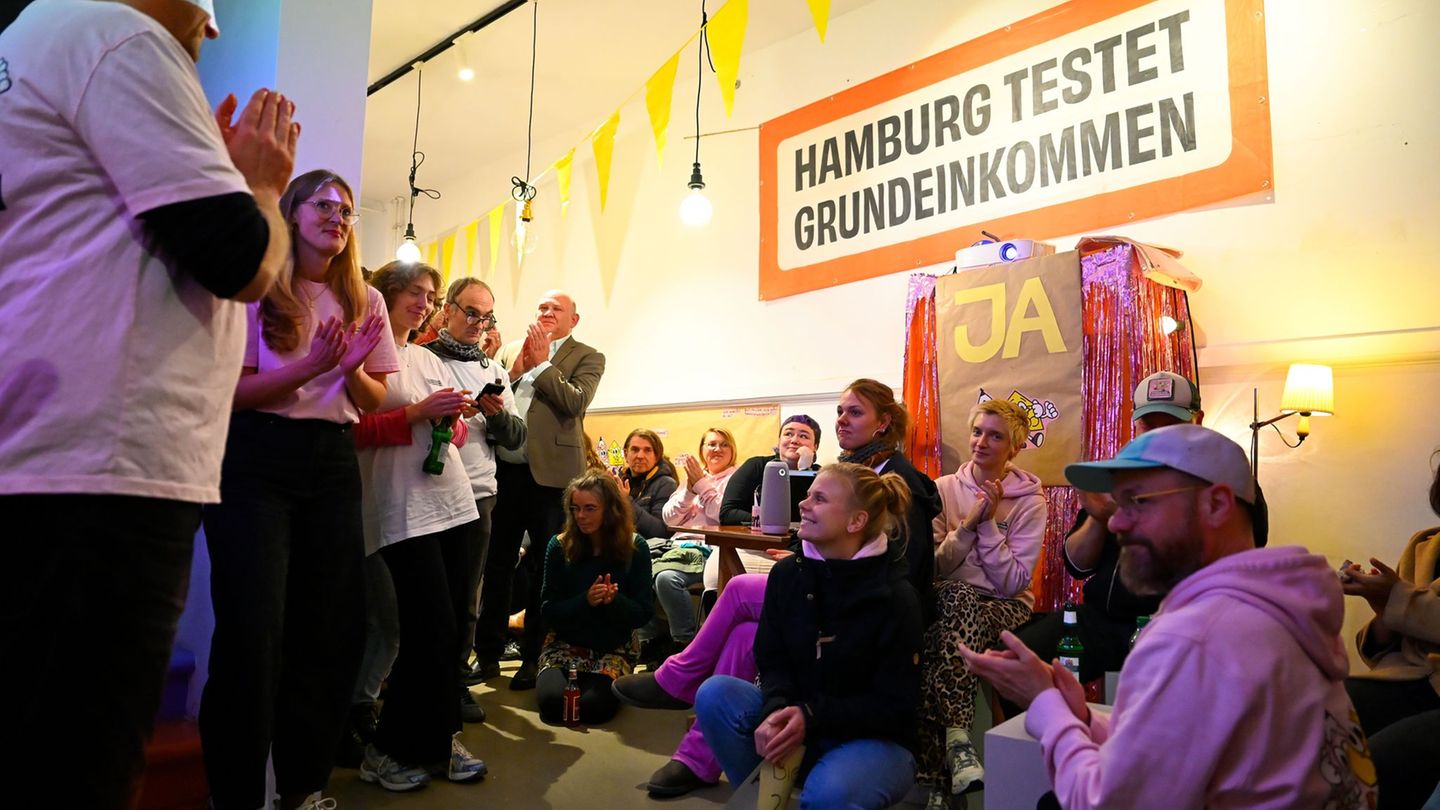Like other industries, the 25 Austrian producers of paints and varnishes are affected by a shortage of raw materials and enormous price increases. “But if there are delays in the last job, the plastering, the handover is delayed and this leads to complaints, according to the motto: The dogs should be the last,” says Paul Lassacher, deputy chairman of the Austrian paint industry and managing director from Synthesa Chemie in Schwertberg.
Instead of the usual prompt availability, external plasters would have to be waited for three weeks – however, certain products are not available due to a lack of raw materials. “We offer alternatives, but they react a little differently during processing. Craftsmen don’t like that,” says Lassacher.
The month of June is usually high season in production. “At the moment we’re not driving 110 percent, but only 80 percent,” said Lassacher. Promised truck deliveries of binding agents such as epoxy resins would fail, delays are the order of the day. Since the beginning of the year, the deliveries have been quota – at the level of 50 to 70 percent of the previous year, reports Lassacher, who promotes understanding that his industry is innocent. A large Bayer plant in Ludwigshafen has returned to production after a long downtime, but is again due to new maintenance. There was also a lack of capacity at a plant in Poland.
Lassacher only expects relaxation towards the end of the year. The price increases associated with the scarcity have to be accepted anyway, according to the manager.
On the research side, the paint industry (which states its research share as ten to 15 percent of its sales) is currently required to reduce the amount of preservation in water-based paints. In this context, paint manufacturers warn of excessive demands. (sib)
Jane Stock is a technology author, who has written for 24 Hours World. She writes about the latest in technology news and trends, and is always on the lookout for new and innovative ways to improve his audience’s experience.



